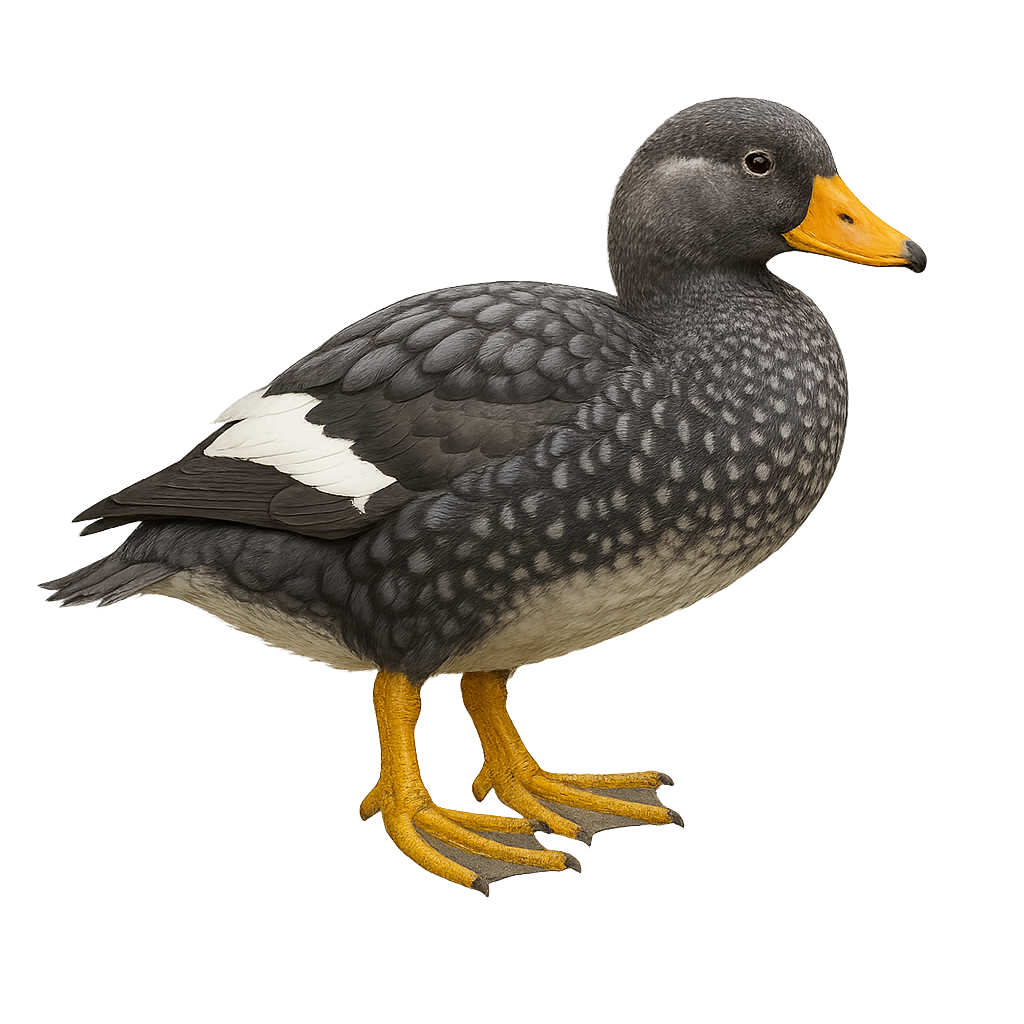Your wildlife photography guide.
Explore the flightless steamer duck in detail, study its behavior, prepare your shots.
Where to observe and photograph the flightless steamer duck in the wild
Learn where and when to spot the flightless steamer duck in the wild, how to identify the species based on distinctive features, and what natural environments it inhabits. The WildlifePhotographer app offers tailored photography tips that reflect the flightless steamer duck’s behavior, helping you capture better wildlife images. Explore the full species profile for key information including description, habitat, active periods, and approach techniques.
Flightless Steamer Duck
Scientific name: Tachyeres pteneres

IUCN Status: Least Concern
Family: ANATIDAE
Group: Birds
Sensitivity to human approach: Suspicious
Minimum approach distance: 10 m
Courtship display: October to November
Incubation: 30-34 jours
Hatchings: November to December
Habitat:
Rocky coasts, estuaries, lagoons
Activity period :
Primarily active during the day, with peak activity in the morning and late afternoon.
Identification and description:
The Flightless Steamer Duck, or Tachyeres pteneres, is a waterfowl species endemic to the coasts of Patagonia in South America. Recognizable by its grayish plumage and large size, it is flightless, setting it apart from other ducks. This duck is mainly observed along rocky shores, where it feeds on mollusks and crustaceans. Males are generally larger than females and have a bright orange bill. Their territorial behavior is pronounced, especially during the breeding season. Although they are not very shy, they prefer isolated areas away from human disturbances. Their population is stable, but their habitat is vulnerable to environmental changes.
Recommended lens:
400mm – adjust based on distance, desired framing (portrait or habitat), and approach conditions.
Photography tips:
To photograph the Flightless Steamer Duck, it is advisable to use a telephoto lens of at least 400mm to capture detailed images without disturbing the bird. Approach slowly and discreetly, maintaining a distance of at least 10m to avoid startling them. The best photo opportunities often occur early in the morning or late afternoon when the light is soft and bird activity is at its peak. Focus on capturing shots along the rocky shores where they feed.
The WildlifePhotographer App is coming soon!
Be the first to explore the best nature spots, track rutting seasons, log your observations, and observe more wildlife.
Already 1 449 wildlife lovers subscribed worldwide

